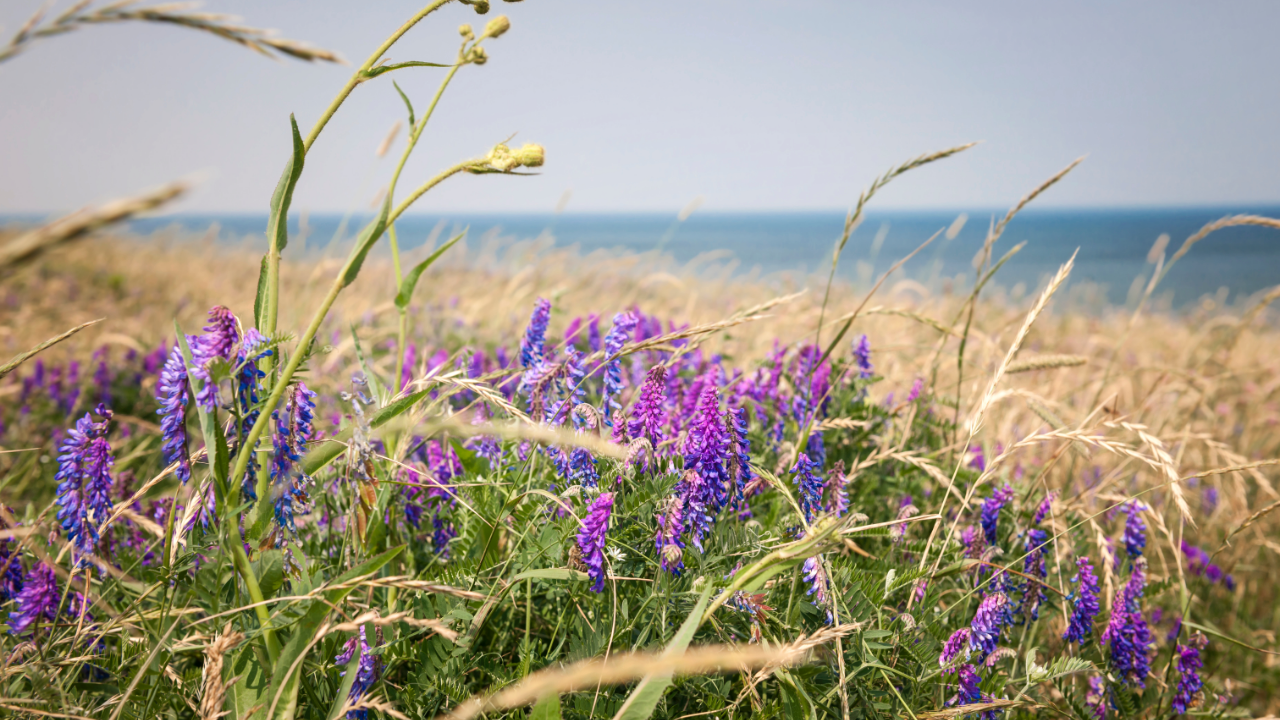How Does the Wind Affect Our Immunity?

With the beautiful weather we have been having, I hate to even think about the cool, dry, windy weather that autumn brings. Where I come from, this seasonal change is right around the corner and especially noticeable as the nights get shorter and cooler. More importantly, these 3 weather conditions can greatly disturb our lungs functions and therefore also our immunity.
Ever been out on a windy day and caught and ear ache shortly thereafter? How about a runny nose or fever? Or maybe after your motorbike adventure you could hardly move your neck?...One day I will own and ride a motorbike;-)
 I want to dive into wind as it is naturally drying and often accompanied by cold or heat. If we get invaded by wind cold, we can experience sneezing, runny nose, chills and/or fever, aversion to the cold, find ourselves putting on warmer clothes and craving warm drinks.
I want to dive into wind as it is naturally drying and often accompanied by cold or heat. If we get invaded by wind cold, we can experience sneezing, runny nose, chills and/or fever, aversion to the cold, find ourselves putting on warmer clothes and craving warm drinks.
With wind heat invasion, we will have an aversion to heat, perhaps be feverish and sweating, have cravings for cooler drinks, in addition to sneezing and wiping a runny nose.
The behaviors and characteristics of external wind are:
- It has a rapid onset. Wind moves quickly and in our body it causes symptoms to come on and change quickly as well.
For example, a child can be happily running around and playing outside one hour and then feel run down with influenza like symptoms the next hour (ie. Alternating chills and fever, sneezing, runny nose, etc)

- Wind causes pain to move around in the body from one place to another.
For example, one minute you can have pain in your head and the next minute you no longer have pain in your head but now it's in your shoulder.
- Wind, like in nature rustling the treetops, typically affects the upper part of the body including the head, especially the back of the head and ears, neck all the way down to the mid back. These areas are most vulnerable and easily invaded by wind.
And look at this, common symptoms of wind invasion can include stiff or sore neck, headaches, runny nose, earaches, sneezing, sore throat, and possibly even coughing if the body is a little run down in the first place. See how all the symptoms affect the upper part of the body.

- The lungs are the first organ in our body to be affected by wind because it interferes with the lungs responsibility to disperse our qi to the surface of our skin. Without this action our line of defence, immune system, can not optimally protect us from harmful external factors in our environment that could create illness.
When we find ourselves frequently falling ill and being in a rather run down state it may be due to the lung not dispersing it's qi properly and therefore weakening our immune system.
- The wind also interferes with the lungs responsibilities of opening and closing our pores appropriately to regulate sweating and our body temperature.
Soon after being exposed to wind it is not uncommon for people to present with chills or fever and spontaneous sweating.
- Because the wind affects the lungs, it therefore also affects the skin and can cause symptoms such as hives, rashes, eczema, itchy and tingling on the surface of the skin. Itchiness is often a tell tale sign that the body has been invaded by wind.
If you haven't already, check out my blog on lungs and the immunity to learn more.
So what do we do to protect ourselves from wind wreaking havoc in our body?
- If you do get invaded by wind, treat it promptly!
- Acupuncture addresses wind patterns very effectively and prevents the symptoms from going internal.
- Also consumption of warm, pungent drinks with ginger and cinnamon can be helpful if the pattern is from wind cold invasion whereas with wind heat invasion, mint teas would be a better choice.
- Avoid foods that aggravate wind such as greasy, fried foods, dairy, sugar, refined carbohydrates, yeast, alcohol.

If wind conditions don't get fully treated, they can move internally and create more serious symptoms such as headaches/migraines, vertigo, dizziness, irritability, agitation, numbness, chronic allergies, frozen shoulder, shaking/tremors, cold sores, shingles, eczema. In more severe cases wind can cause tremors, convulsions, epilepsy, strokes, Parkinson’s disease, and Bell’s palsy.
- Bundle up to prevent exposure! Especially protect the upper part of your body from it. Wear scarves, hats, toques, and hoodies and be sure to teach our young children, who can often be found with their necks and ears exposed in windy conditions, to dress appropriately. Otherwise everyone suffers!
With fall and back to school around the corner we need our lungs to be strong and healthy so that our immunity stays strong and we are able to fight off all the bugs that are coming our way!
Be aware of the wind and protect yourself from it by eating clean fresh food, and seek help if need be, to boost your energy and immunity with modalities such as acupuncture. Protect your head and neck by bringing out all your fanciest hats, toques, scarves, high-necked tops and hoodies to wear in this windy cool season that awaits us.

Please send me pictures of your fanciest scarf and/or headwear so that I may be inspired and we can inspire others :-). They say it's not a fashion show but I beg to differ ;-)
Xo


